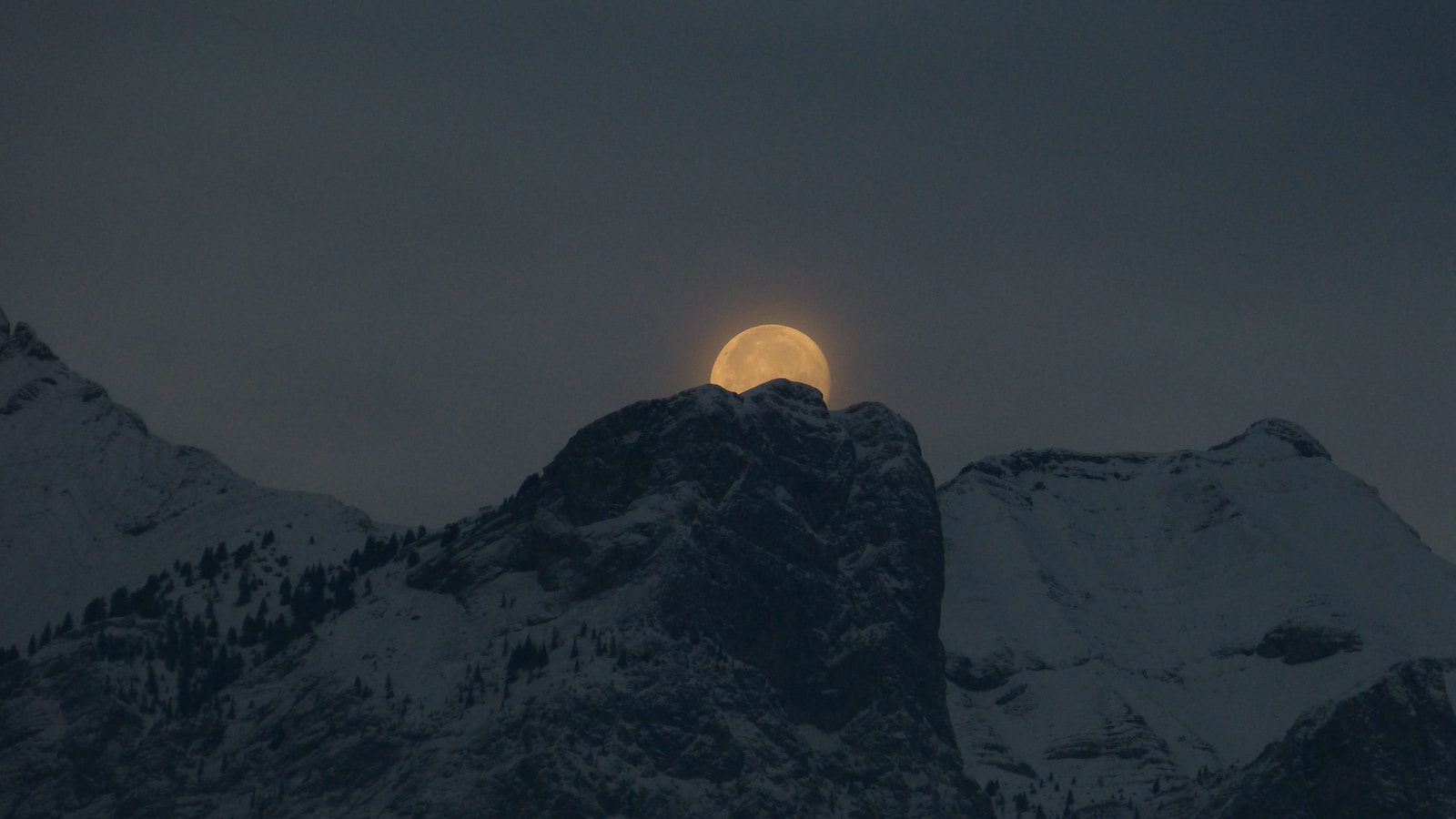Table of Contents
ToggleIntroduction:
As the nights grow longer and the air turns crisp, the heavens prepare to unveil a captivating sight: the full Beaver Moon. This celestial phenomenon, gracing the night sky on Monday, November 27, will be accompanied by the dazzling brilliance of Jupiter, creating an unforgettable spectacle for stargazers worldwide.
The Beaver Moon’s Celestial Dance: A Full Moon in November
The Beaver Moon, named after the time of year when beavers begin to gather their winter provisions, will rise in the east at dusk, painting the sky with its ethereal glow. This full moon, occurring as Earth positions itself between the sun and moon, will appear 100% illuminated, casting a radiant light across the landscape.
Unveiling the Moon’s Enchanting Beauty: Moonrise and Moonset
The most captivating moments to observe the moon’s beauty are during moonrise and moonset. As the moon emerges from the horizon, it passes through a thick layer of atmosphere, scattering blue light and allowing the warm hues of orange, pink, and yellow to dominate its appearance. This mesmerizing spectacle resembles the sun’s vibrant colors during sunrise and sunset.
A Visual Delight: The Moon Illusion and Lunar Colors
Gazing at the moon as it sits low on the horizon presents a fascinating phenomenon known as the moon illusion. Due to the brain’s perception, the moon appears significantly larger when it’s near the horizon, a captivating optical illusion that enhances the moon’s mesmerizing presence.
Celestial Companions: The Pleiades and Jupiter
Observing the Beaver Moon from North America offers a unique opportunity to witness the constellation Taurus, home to the Pleiades, the closest open star cluster to our solar system. Using binoculars, you may even spot the Pleiades nestled just above the moon. As the night progresses, the brilliance of Jupiter, which reached its annual opposition earlier this month, will emerge, adding to the celestial splendor.
Marking the Arrival of Winter: The Cold Moon
The following full moon, the Cold Moon, will grace the night sky on Tuesday, December 26, signaling the arrival of winter’s embrace. This celestial event marks the end of the year’s lunar cycle, paving the way for a new season of celestial wonders.
Conclusion
Observing the Beaver Moon is a rewarding experience that connects us to the vastness of the cosmos. By following these tips and venturing out into the night sky, you can witness the mesmerizing beauty of this celestial spectacle and create memories that will last a lifetime.







